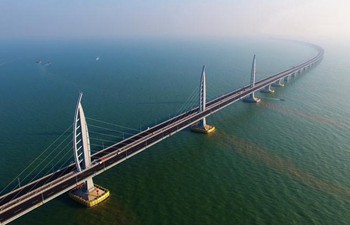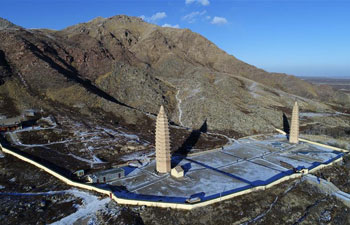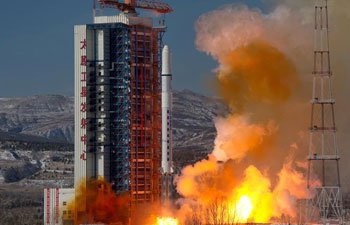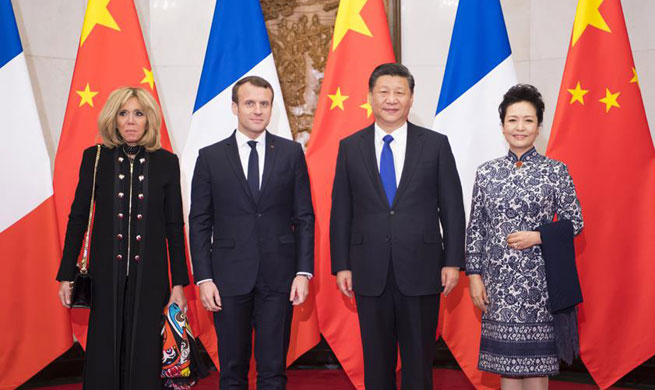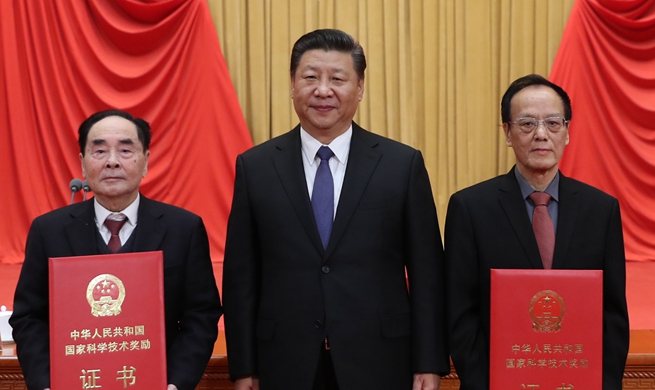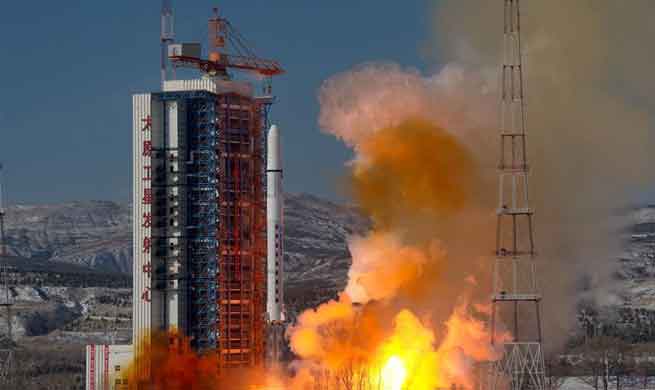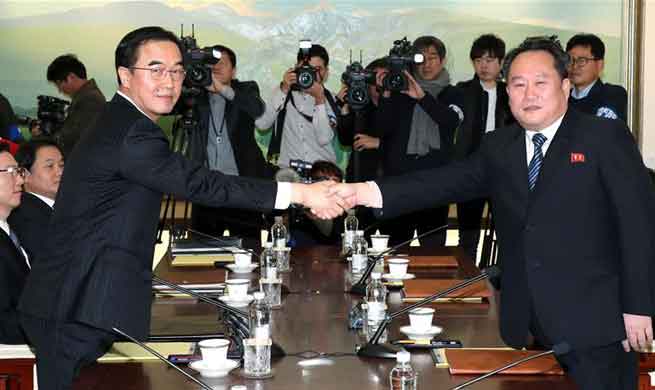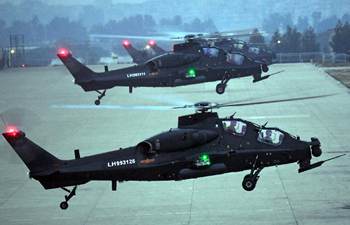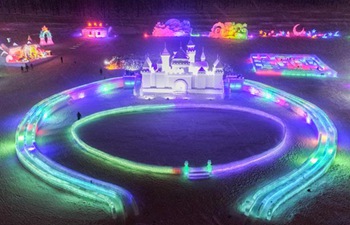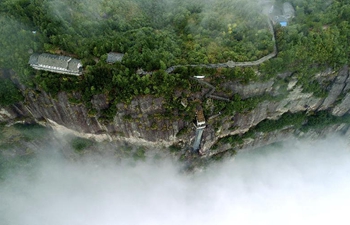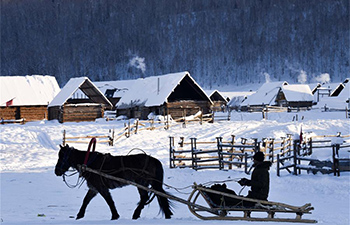BEIJING, Jan. 9 (Xinhua) -- The second Lancang-Mekong Cooperation (LMC) forum leaders's meeting will kick off in Phnom Penh, Cambodia on Wednesday, with the aim of building a community of shared future of peace and prosperity.
Chinese Premier Li Keqiang will attend the meeting under the theme "Our River of Peace of Sustainable Development." The river refers to the Lancang-Mekong River.
Under the theme of "Shared River, Shared Future," the first LMC Leaders' meeting was held in Sanya of south China's Hainan Province in 2016, which brought forth a number of new cooperative ventures.
TANGIBLE RESULTS YIELDED IN TRADE COOPERATION
The Lancang-Mekong Cooperation forum refers to a sub-regional cooperation mechanism jointly established in 2015 by the six countries along the Mekong River (known in China as Lancang River), namely Cambodia, China, Laos, Myanmar, Thailand and Vietnam.
Priority areas under the mechanism include inter-connectivity, production capacity, cross-border economic cooperation, water resources, agriculture and poverty reduction. Fruitful results in trade cooperation have been generated on the basis of the cooperation mechanism.
A road linking China and Thailand via Laos was completed in 2013; construction of a China-Thailand railway and a China-Laos railway got underway in 2015; and southwest China's Yunnan Province, which shares borders with Laos, Myanmar and Vietnam, is now linked with over 20 southeast and south Asian cities by air.
In December last year, China provided 7.3 million dollars from the LMC Special Fund to Cambodia for carrying out a variety of projects, which cover such areas as agriculture, tourism, technology, public health, education, air inter-connectivity, cultural exchange and so on.
This January, China and Laos also signed an agreement on funding for 13 projects of Laos under the LMC Fund, which will help promote socioeconomic development of Laos.
China initiated the LMC Special Fund during the first LMC Leaders' meeting with the aim of supporting the small and medium-sized cooperation projects put forward by the six Lancang-Mekong countries, namely China, Myanmar, Laos, Thailand, Cambodia and Vietnam.
From January to October 2017, China's investment in the five countries reached 2.68 U.S. billion dollars, up 22.3 percent from the same period of the previous year.
In the first 10 months of 2017, trade between China and the other five countries in the Lancang-Mekong area reached 17.76 billion dollars, up 15.6 percent year-on-year, and is expected to exceed 20 billion dollars in the whole of 2017, showed the latest Chinese official statistics.
TANGIBLE RESULTS YIELDED IN LAW ENFORCEMENT COOPERATION
International law enforcement cooperation in joint crackdown on cross-border crimes in the Lancang-Mekong area started in 2015, and Thailand hosted the first phase of the joint action for combatting cross-border crimes therein in early 2016.
In the same year, China and the five other countries launched a joint three-month anti-drug operation along the Lancang-Mekong region, in which anti-drug liaison staffs from the six countries pooled information, shared experience and made coordination to ensure the action a success.
A drug control task in the Mekong River area remains difficult due to the resurfacing of opium poppy cultivation in the Golden Triangle region, the growth of synthetic drugs and more hidden drug trafficking in recent years.
A joint law enforcement center, founded by the six countries, started operation last month in Kunming, the provincial capital city of Yunnan. The Integrated Law Enforcement and Security Cooperation Center of Lancang-Mekong River is the first of its kind in the region.
Since 2011, law enforcement agencies of the six countries have pursued 65 joint patrols and four joint operations against drug trafficking, smashing 39,000 drug cases and rescuing 120 civilian vessels.
Originating from the Qinghai-Tibet plateau in southwest China, the river is called the Lancang River in China and the Mekong River as it flows through Myanmar, Laos, Thailand, Cambodia and Vietnam before emptying into the sea.
More than 326 million people live along the 4,880-km-long waterway, which flows through an area of more than 795,000 square km.




